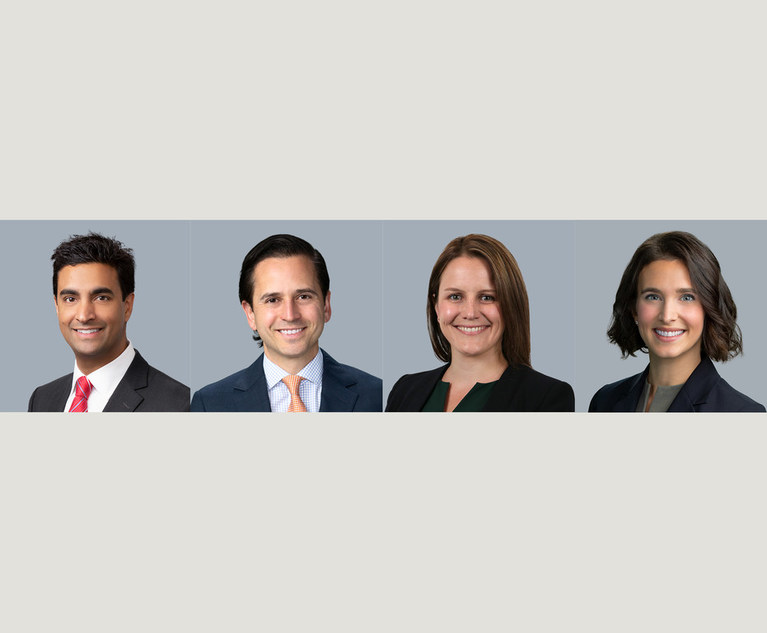With bipartisan support and recent high-profile proofs of concept, carbon capture and sequestration (CCS) is increasingly on the forefront of the energy innovation conversation. Opportunities to build commercial relationships between entities emitting and capturing carbon dioxide (CO2) are growing in the “point-source” capture space, wherein CCS facilities are placed directly on-site, connected to industrial facilities. While these CCS transactions involve new technologies, the commercial structure is not very different from familiar midstream legal structures. This article discusses some significant similarities and differences between CCS projects and traditional midstream projects.
Several factors are driving the burgeoning number of CCS projects in the market. First, tax incentives under section 45Q of the U.S. Internal Revenue Code (45Q credits) provide a major economic incentive for CCS. Many view the enlargement of 45Q credits as inevitable (and potentially lucrative). The projects now under design/development are also hoping to benefit from a “direct pay,” cash-based 45Q credit.
This content has been archived. It is available through our partners, LexisNexis® and Bloomberg Law.
To view this content, please continue to their sites.
Not a Lexis Subscriber?
Subscribe Now
Not a Bloomberg Law Subscriber?
Subscribe Now
LexisNexis® and Bloomberg Law are third party online distributors of the broad collection of current and archived versions of ALM's legal news publications. LexisNexis® and Bloomberg Law customers are able to access and use ALM's content, including content from the National Law Journal, The American Lawyer, Legaltech News, The New York Law Journal, and Corporate Counsel, as well as other sources of legal information.
For questions call 1-877-256-2472 or contact us at [email protected]


 L-R: Omar Samji, Gabriel Salinas, Alix Charles, and Miranda Morton of Shearman & Sterling. Courtesy photos
L-R: Omar Samji, Gabriel Salinas, Alix Charles, and Miranda Morton of Shearman & Sterling. Courtesy photos




